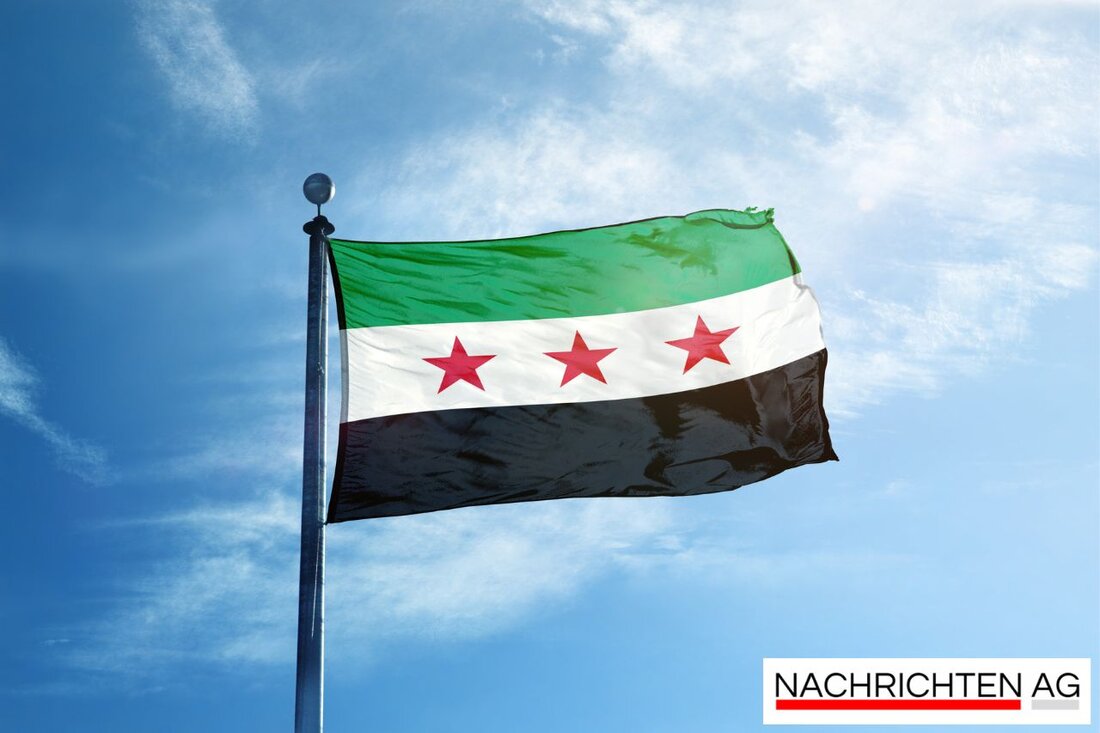Women on the run: Invisible fighters on Europe's streets
The article highlights the challenges faced by refugee women in Europe, their migration, causes of flight and integration problems.

Women on the run: Invisible fighters on Europe's streets
Migration is an issue that affects us all and has increasingly come into focus in recent years. It's not just men who take the arduous journey to Europe, but also many women who leave their homeland for various reasons. A report from DW shows how women are confronted with war, violence, patriarchal structures and economic insecurity. Driven by the hope for a better life, they often flee to free themselves from violent partners or forced marriages.
The numbers speak for themselves: In 2023, almost a million asylum applications were made in the EU, a third of which were from women - over 300,000 women! What is particularly noticeable is that it is loud Eurostat Applications from women and girls in Germany have remained stable at 30-40% since 2015. Among children under 15 years of age, the gender ratio among asylum seekers is almost equal, while among 18 to 24 year olds only one in five people is a woman.
The challenges of migration
However, migration is often not without problems. Over 60% of women reaching the EU borders come via the Eastern Mediterranean route and the majority come from Afghanistan and Syria. The situation is also worrying for women from West Africa. Women from Senegal and Mali in particular are risking their lives to reach their families in Europe, even if they have to take risks, it is reported DW. In just one year, the number of Malian asylum applications doubled to 17,000.
What many people don't know is that women rarely flee alone. They often accompany their children, which further complicates their situation. Between 2012 and 2016, more than half a million female refugees lived in Germany, many with little prospect of a self-determined life. Society is called upon to support these women.
Integration and participation
The integration of refugee women is difficult. Like a comprehensive report from bpb clarified, their life situations vary greatly. Friends or mother-father-child groups taking part in integration and language courses are not uncommon. But the proportion of women in these courses is falling. It can be observed that refugee women are more likely to end up in marginal jobs as they often have responsibility for childcare and other household tasks.
Another problem is discrimination: the image that refugee women are merely passive companions of male migrants reduces their reality and contributes to the invisibility of this group. They are also more affected by unemployment; the employment rate is 17 percentage points lower than that of refugee men.
Political and social attention for refugee women is growing, but the challenges are enormous. Access to job opportunities, training and health services often remains an unfulfilled wish. Initiatives that address women's specific needs are the key to successful integration, emphasize numerous experts.
We need to support each other when it comes to helping these women. Integration is not a one-time event, but a process that requires patience, understanding and, above all, stability in different areas of life.

 Suche
Suche
 Mein Konto
Mein Konto